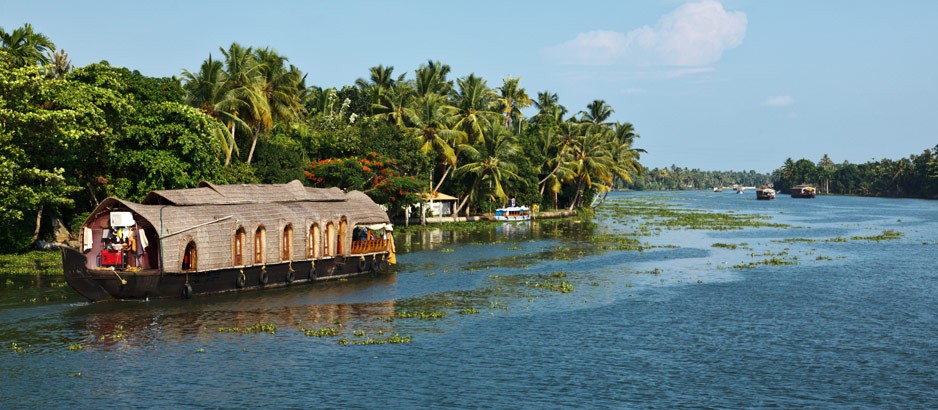 |
| Code, Pray, Love - Working away in Bali |
Hubud is one of the first such co-working environments providing state of the art facilities in the beautiful island of Bali. Check out one of their teaser videos below:
This article profiles four other such startup co-working locations in Bali.
While most of these places have targeted startups, it got me thinking why such a work arrangement cannot be provided or explored for traditional corporate employees. Recent advances in telecommuting and collaboration technologies, shift of enterprise systems to cloud computing and an overall shift in work-life policies of organizations (in part driven by the millenial bug that seems to be affecting everything in HR policy these days!) makes this proposition a very attractive and practical one.
ROWE has been one of the most powerful ideas in work-life organization of late and studies have shown that employees are placing a higher premium on work-life balance and meaning. Considering all these factors, I believe that this idea of a workacation can be a strong element of employee engagement and attraction in the future, especially in the professional services industry. My proposition is to allow employees to work specific number of weeks in a year in specific co-working locations in vacation spots. Like Hubud, these co-working locations will be fully equipped for work, including internet connectivity, video conferencing facilities etc.
On the other side of the coin is the business potential to build such workacation locations in low cost countries. Brings to my mind, my own little picturesque town in southern India which is home to the famous backwaters of Kerala. May be some enterprising soul reading this piece will latch on to this idea and build such working pods in affordable vacation spots.
 |
| Backwaters of Kumarakom, Kerala, India |
Hopefully, sometime in the future I will be blogging from one of these locations!!

